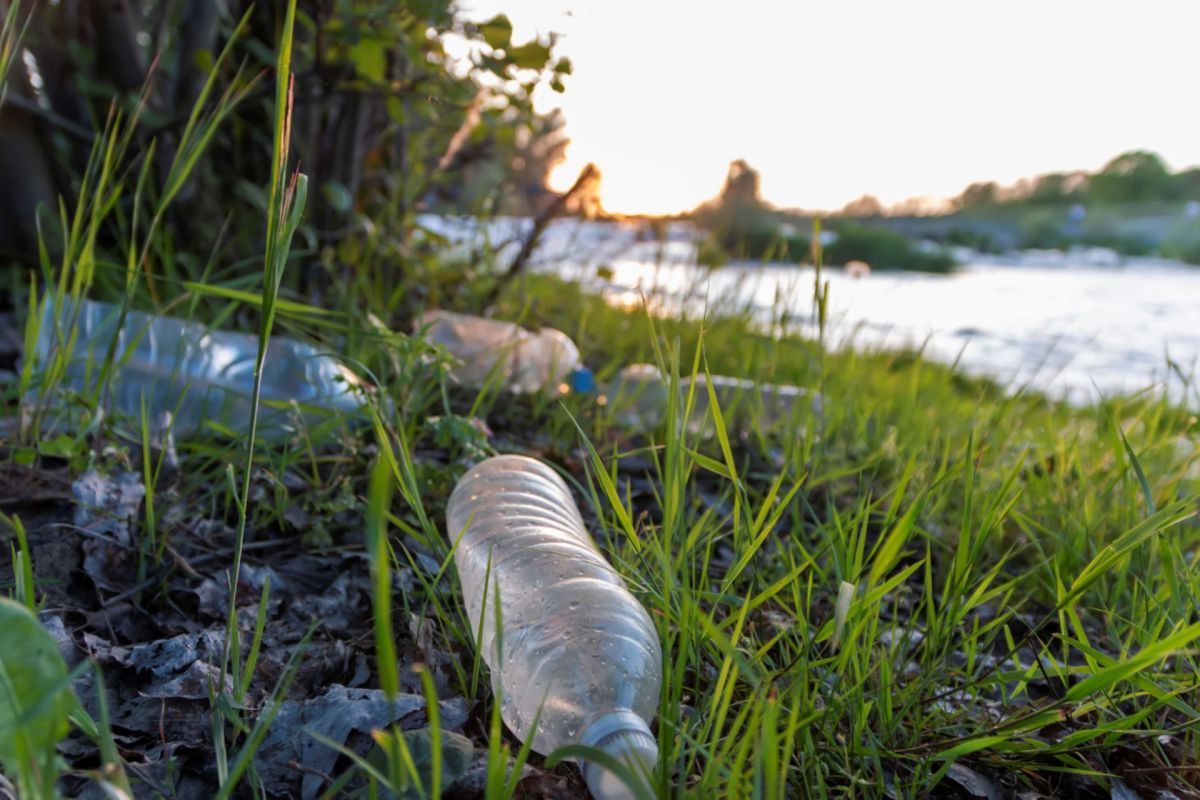The human health risks from microplastics have long been documented in scientific literature and include disruption to numerous bodily systems, including the endocrine (hormones), immune, and reproductive systems. Recent research has revealed how pervasive microplastics can be in the environment and the new potential risks to rivers and aquatic ecosystems.
What's happening?
Research published in Communications Earth & Environment reveals that microplastics in the environment may increase sediment erosion in waterways. Since microplastics are less dense than sediment, like silt and sand, they can bombard the bottoms and sides of the river and cause more sediment to move downstream.
"The study shows that plastic is not a passively transported component of river systems," said project team member Roberto Fernández. "It interacts with the sediment and plays an active role in riverbed transport processes and erosion."
When the sediment moves downriver, it can change buildup and make the water more shallow. This, in turn, increases the water's temperature, which affects the rates at which certain species of fish and aquatic animals can spawn.
Outside of the erosion, microplastics also impact the environment by carrying toxic compounds, like bisphenol A (BPA), that are leached from the plastic as it breaks down. These chemicals become embedded in the soil, in the tap water that we drink, and in the fish that circulate and feed in affected waters.
Why is it important?
Researchers are especially concerned with the interaction between microplastics and riparian ecosystems because of how microplastics are added to the environment. Scientists estimate that there are 10 times more microplastics in the ocean now than in 2005 — and it's only expected to worsen as consumerism increases.
Fernández noted that the nature of this relationship isn't just exclusive to rivers. It may also become more pervasive in estuaries (salt and fresh water) and smaller waterways, too. "The broader implications are still an open question, but the local effects are likely to be the same," he said.
What's being done about it?
The next step of the research will analyze and model the extent to which microplastics impact sediment pollution in waterways. The goals of the following research phase include determining how much plastic is needed to cause a significant impact and assessing other processes that may be worsened.
Join our free newsletter for weekly updates on the coolest innovations improving our lives and saving our planet.









